The best office chair for back pain in 07 2022
Original Source: https://www.creativebloq.com/buying-guides/best-office-chair-for-back-pain
The best ergonomic office chairs for long hours at work.
Original Source: https://www.creativebloq.com/buying-guides/best-office-chair-for-back-pain
The best ergonomic office chairs for long hours at work.
Original Source: https://www.webdesignerdepot.com/2022/07/quiz-the-super-difficult-website-speed-quiz/
 Users expect websites to load quickly. As a result, companies like Amazon and Target spend millions of dollars optimizing their sites to make them load as fast as possible because there is a direct correlation between site speed and conversions.
Users expect websites to load quickly. As a result, companies like Amazon and Target spend millions of dollars optimizing their sites to make them load as fast as possible because there is a direct correlation between site speed and conversions.
Websites typically don’t have load bars, so a user waiting for a site to load cannot know that it will be one more second or even that the site will load at all.
The best load time for a website is 0 seconds, an instantaneous load. However, that’s not possible with current technology. So how fast is fast enough? What will users really accept? Take our website speed quiz and see if you know…
Featured image via Unsplash.
Source
p img {display:inline-block; margin-right:10px;}
.alignleft {float:left;}
p.showcase {clear:both;}
body#browserfriendly p, body#podcast p, div#emailbody p{margin:0;}
The post Quiz: The Super-Difficult Website Speed Quiz first appeared on Webdesigner Depot.
Original Source: https://tympanus.net/codrops/collective/collective-720/

Inspirational Website of the Week: Sapporo Nishiyama
An artful design with lovely typography and smooth effect details. Our pick this week.
Get inspired

Our Sponsor
Fully Managed Cloud & Web Hosting
Not every project is created equal, so why should every hosting plan? At Liquid Web, we specialize in understanding your goals and engineering a tailored solution that helps you reach your business goals faster.
Check it out

Holograms, light-leaks and how to build CSS-only shaders
Robb Owen shows how to get a shiny WebGL look without actually using WebGL, but CSS blend modes only.
Read it

The Public APIs List
A community-curated and updated resource for public APIs.
Check it out

Siter.io
Build a website visually with a powerful no code online editor tool. Design websites in the browser and host them online.
Check it out

Lost Geometry 3D Illustrations
Huge set of 91 abstract 3D objects in various styles to bring a modern touch to your interfaces. PNG version is available for free.
Check it out

The CSS behind Figma
A look at some interesting use-cases for CSS flexbox and grid in Figma app by Ahmad Shadeed.
Read it

Statements Vs. Expressions
In this blog post, you’ll learn about statements and expressions, and see how building an intuition about this can help solve practical problems.
Read it

Where’s the button? Designing for mode confusion
An interesting article on modes and when they can be useful or confusing.
Read it

Avoiding <img> layout shifts: aspect-ratio vs width & height attributes
Jake Archibald explores what’s the best technique to use in order to avoid layout shifts with images.
Read it

Building your website using Jigsaw
Learn how to build a website with the static site generator Jigsaw.
Read it

The Many Faces of Themeable Design Systems
Brad Frost takes a look at themeable design systems that are used to provide a flexible foundation for many diverse products.
Check it out

GitHub Copilot and Open Source: A Love Story That Won’t End Well?
With Copilot, is Microsoft/GitHub taking too many liberties with the open source software that has been entrusted in their repositories? A very interesting read by Sasha Medvedovsky.
Read it

musicForProgramming();
Really great resource for good programming music! Also, a very nice website.
Check it out

Funnel Easy
Create and export a funnel in seconds with this tool.
Check it out

Clever CSS tricks
A very interesting thread by Steve Sewell where he collects cool CSS tricks employed by great sites.
Check it out

Godlike
Godlike is a production-ready website component library for Framer that will save you tons of time on your projects.
Check it out

PocketBase
PocketBase is an open source Go backend with realtime database, authentication, file storage and admin dashboard.
Check it out

Designers Lobby
Designers Lobby is a curated collection of more than 1200 design resources and tools with over 60 categories handpicked from the web. By Nitin Singh.
Check it out

Serve
Serve is a tool for developers to generate authenticated API endpoints with database queries.
Check it out

The History of User Interfaces
A collection of classic user interface from 1973 to 2007. By Victor Ponamariov.
Check it out

Style with Stateful, Semantic Selectors
If a state is important enough to indicate visually, it’s probably important enough to expose to assistive technologies. Learn how we can use that to create more robust styles. By Ben Myers.
Check it out

CSS complexity: it’s complicated
There’s lots of places in CSS to have complexity, but we tend to focus on selectors most of the time. In this article, Bart Veneman takes a look at other places too.
Read it

Nx – The fastest growing monorepo solution in the JS ecosystem
Juri Strumpflohner on the great success of Nx, and what monorepos are.
Read it

RemoteFriendly
In case you didn’t know about it: Find the latest remote jobs in software engineering, design, management, customer service, and more.
Check it out

Kreya
The cross-platform gRPC and REST GUI testing tool.
Check it out

From Our Blog
Tiny Grid Layout Animation
A simple layout transition where a small grid animates to a larger view, using the Flip plugin from GreenSock.
Check it out
The post Collective #720 appeared first on Codrops.
Original Source: https://www.sitepoint.com/medusa-shopify-alternative/?utm_source=rss

Learn about Medusa, an open-source, developer-focused Shopify alternative that can be customized and scaled to suit your needs.
Continue reading
Shopify Alternative: Use Medusa to Build Customizable and Flexible Ecommerce Solutions
on SitePoint.
Original Source: https://www.hongkiat.com/blog/optimizing-site-for-accssibility/
Though the internet does make things more convenient and accessible in general, assuming it is automatically accessible to all is quite harmful, as it leaves out those with potential disabilities or…
Visit hongkiat.com for full content.
Original Source: https://1stwebdesigner.com/typography-inspiration-in-web-design/
Looking for typography inspiration for your next or future web design projects? We’ve rounded up some of the most creative and award-winning examples of typography usage in these websites that follow. Take a look and see what ideas they bring!
Your Web Designer Toolbox
Unlimited Downloads: 500,000+ Web Templates, Icon Sets, Themes & Design Assets

DOWNLOAD NOW
Font Roundup

Likely Story

VJ Type
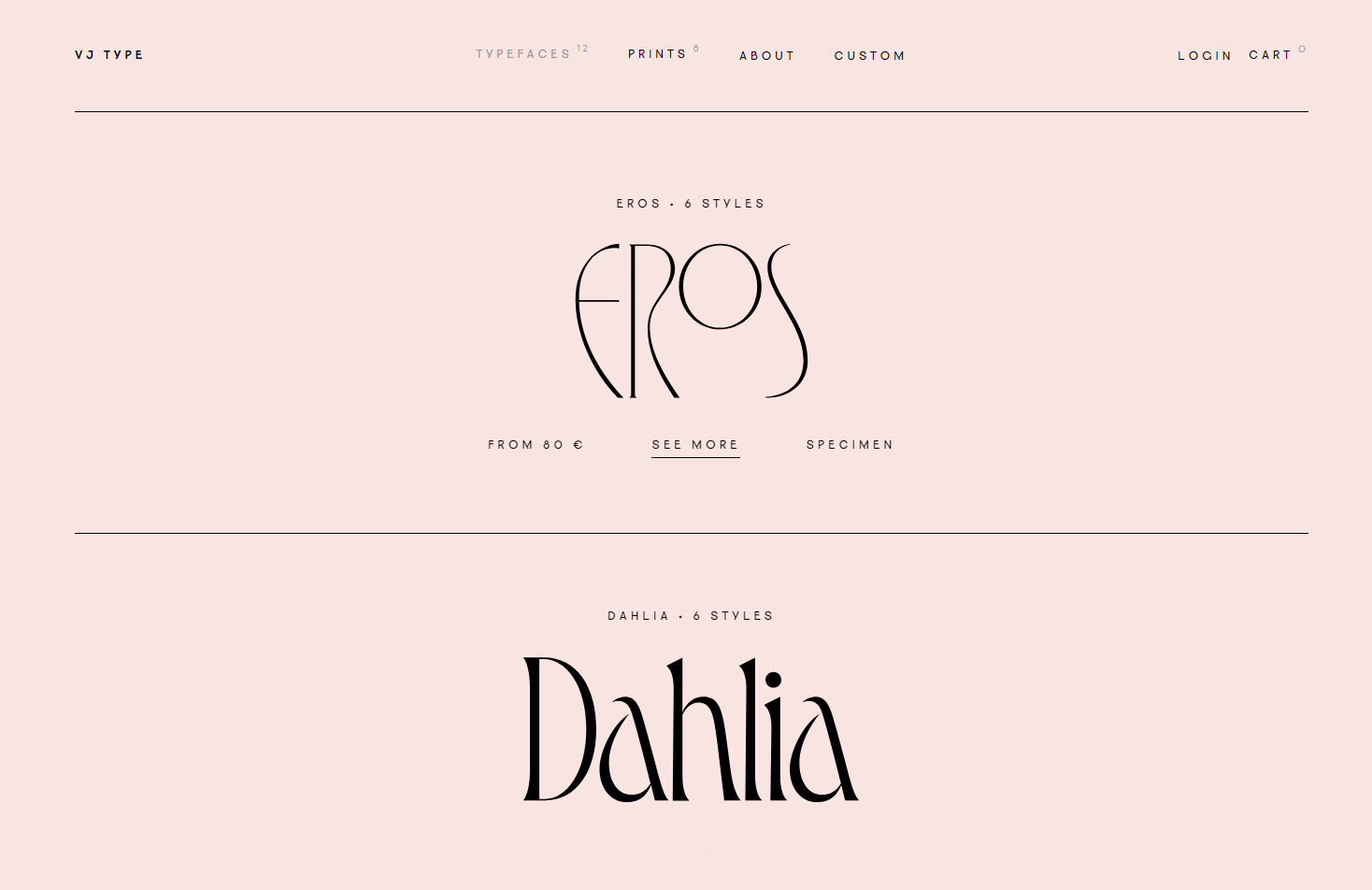
Arthur Simonini
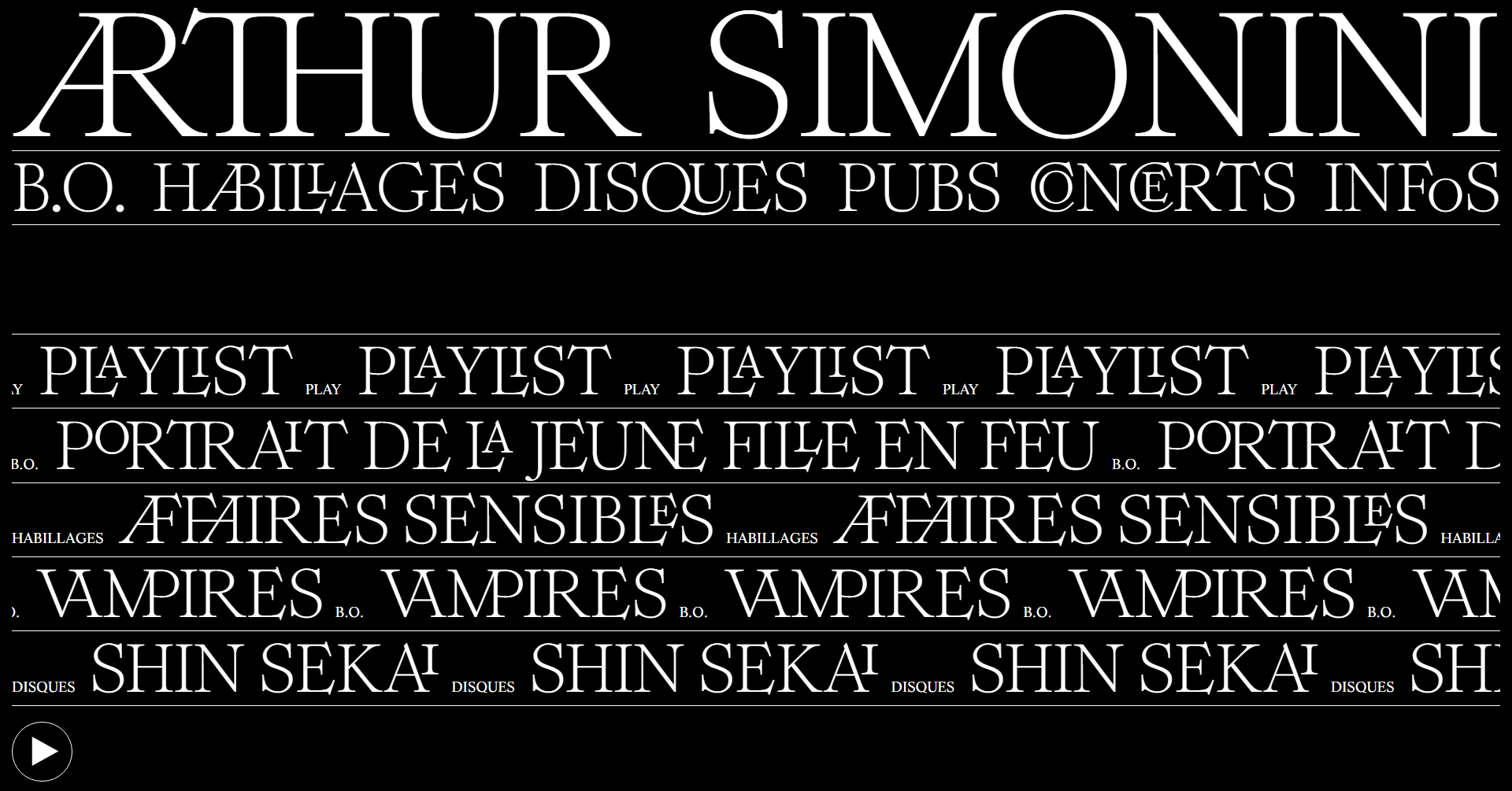
Martine Syms
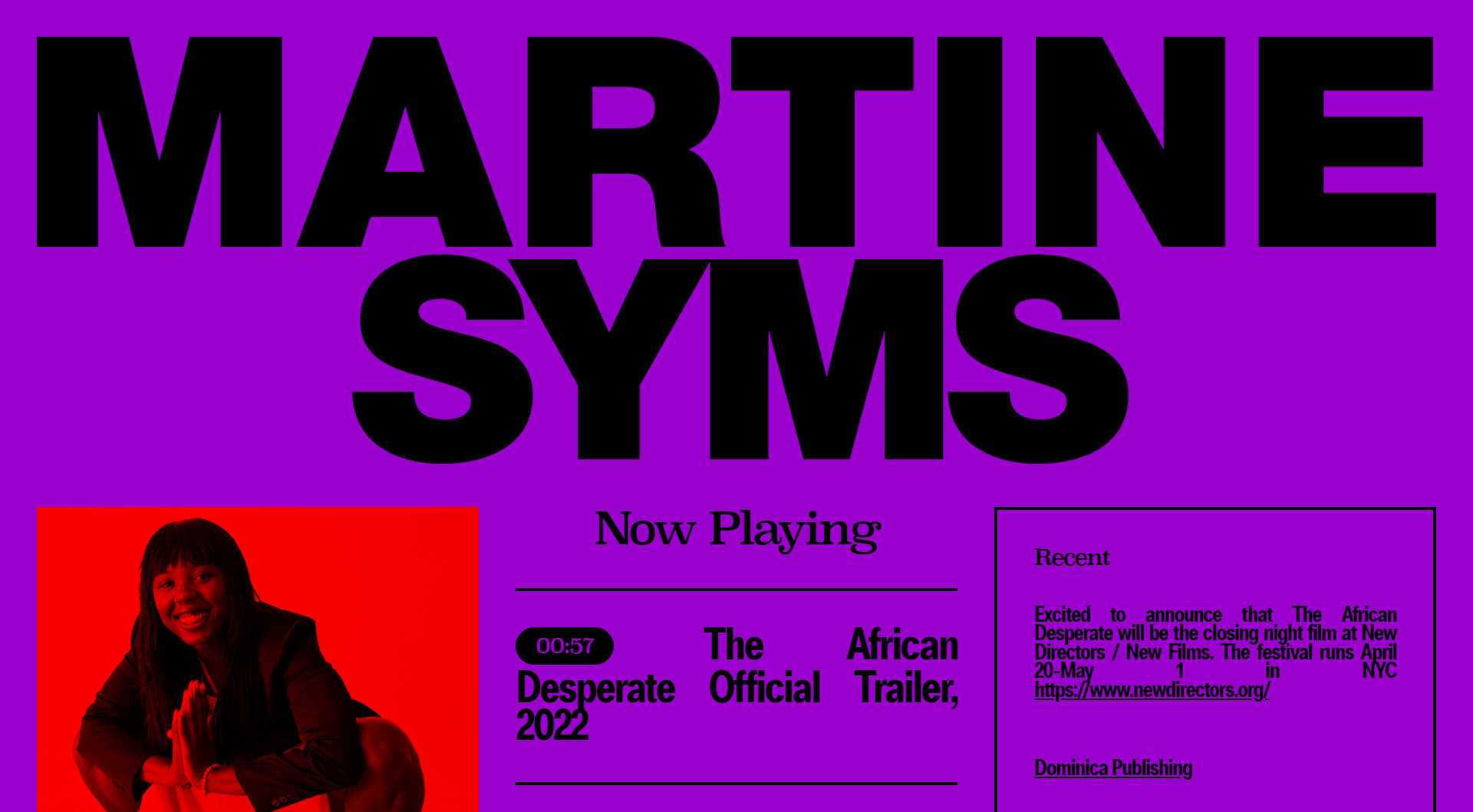
Mama Joyce Peppa Sauce
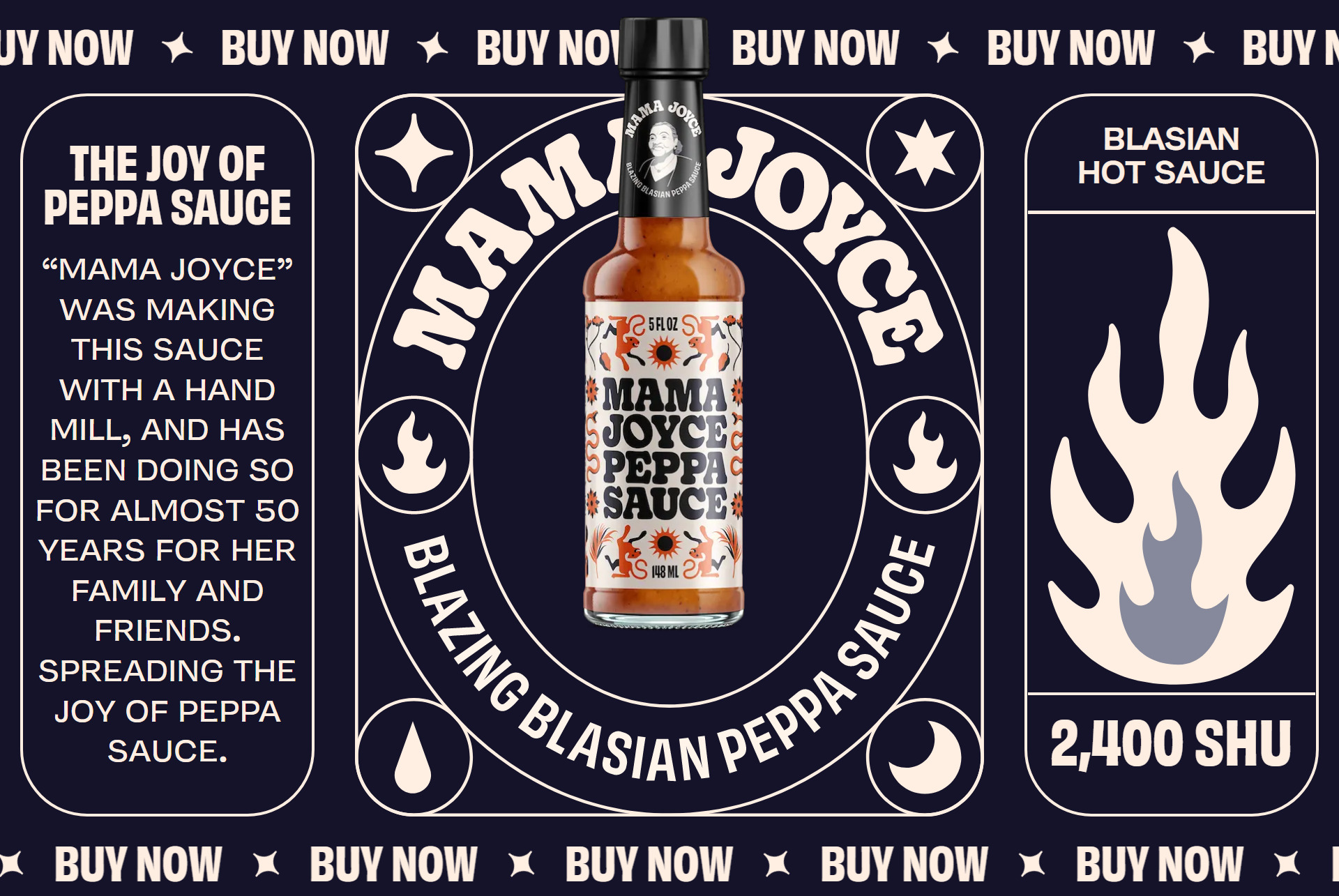
Slava Kirilenko
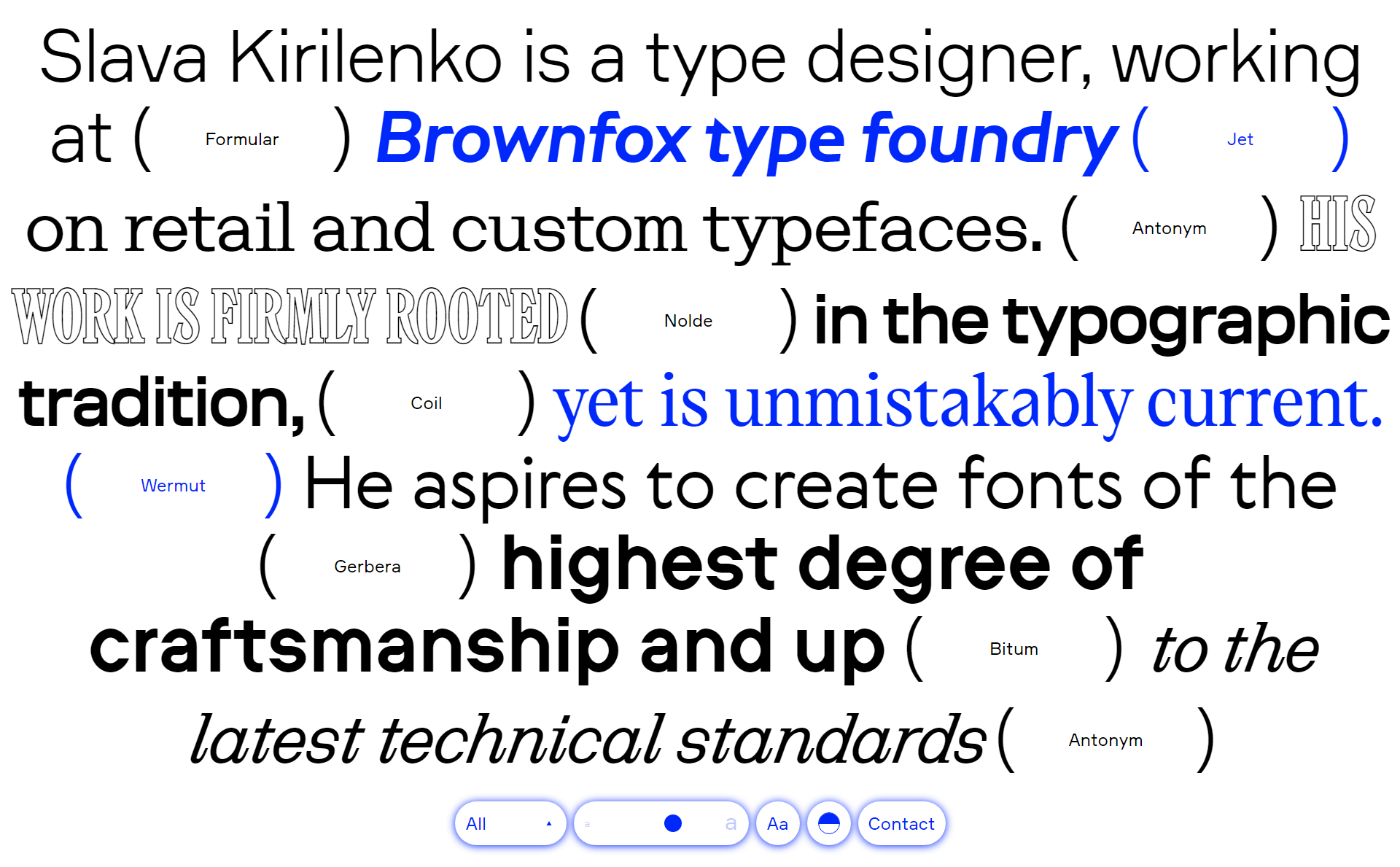
DAD Agency

Pact Media
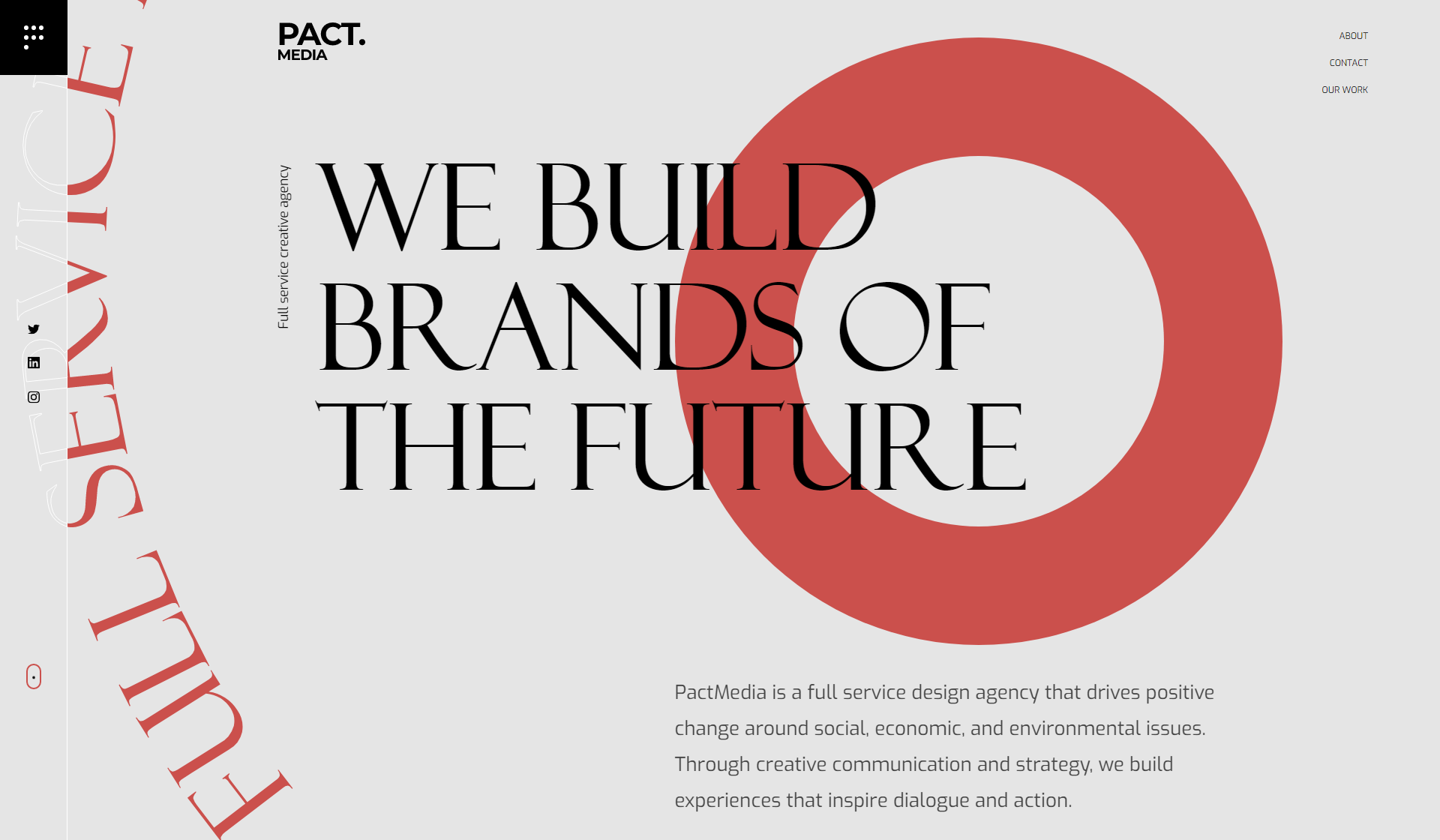
Dante

Custo
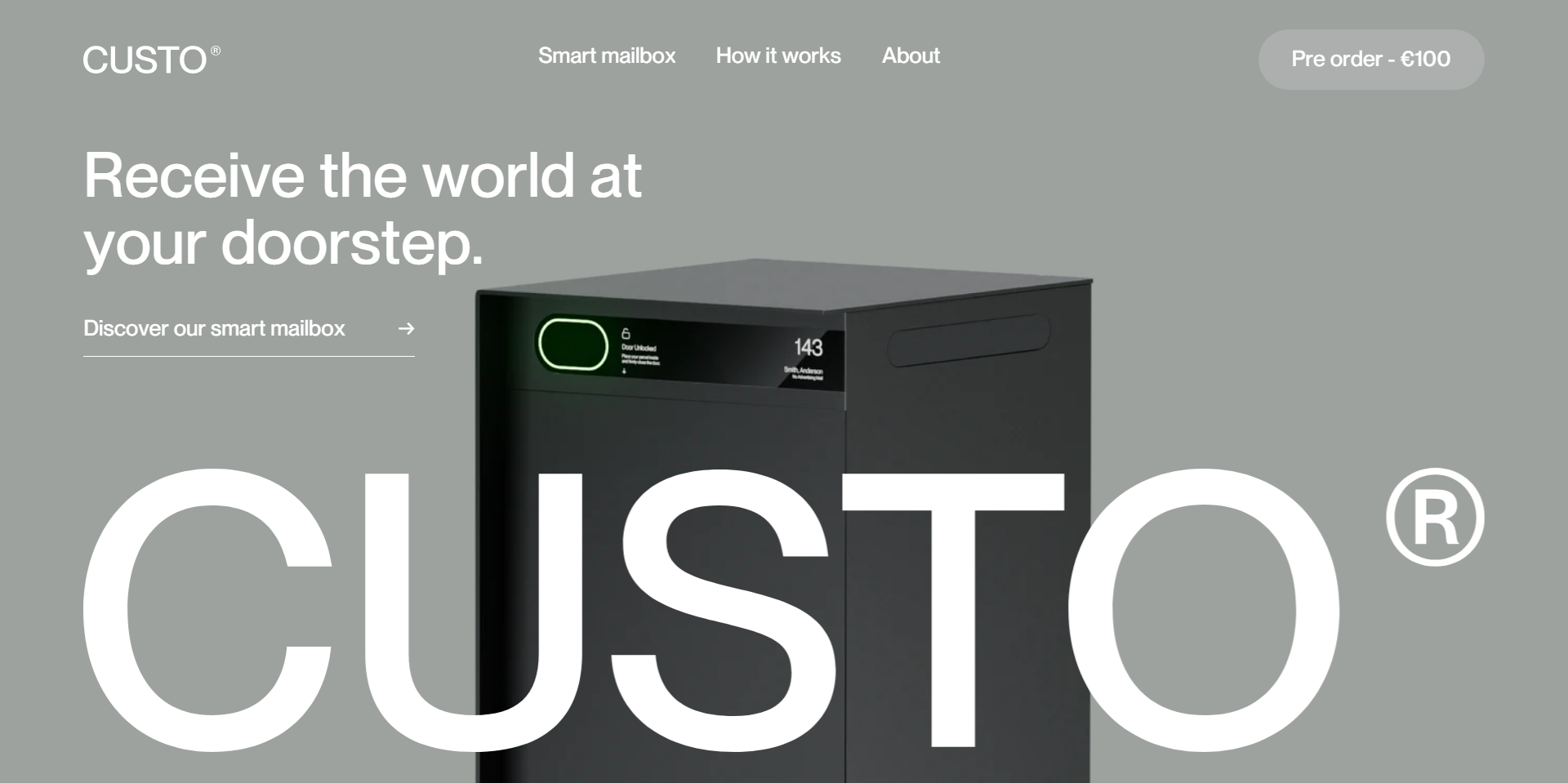
Houseplant
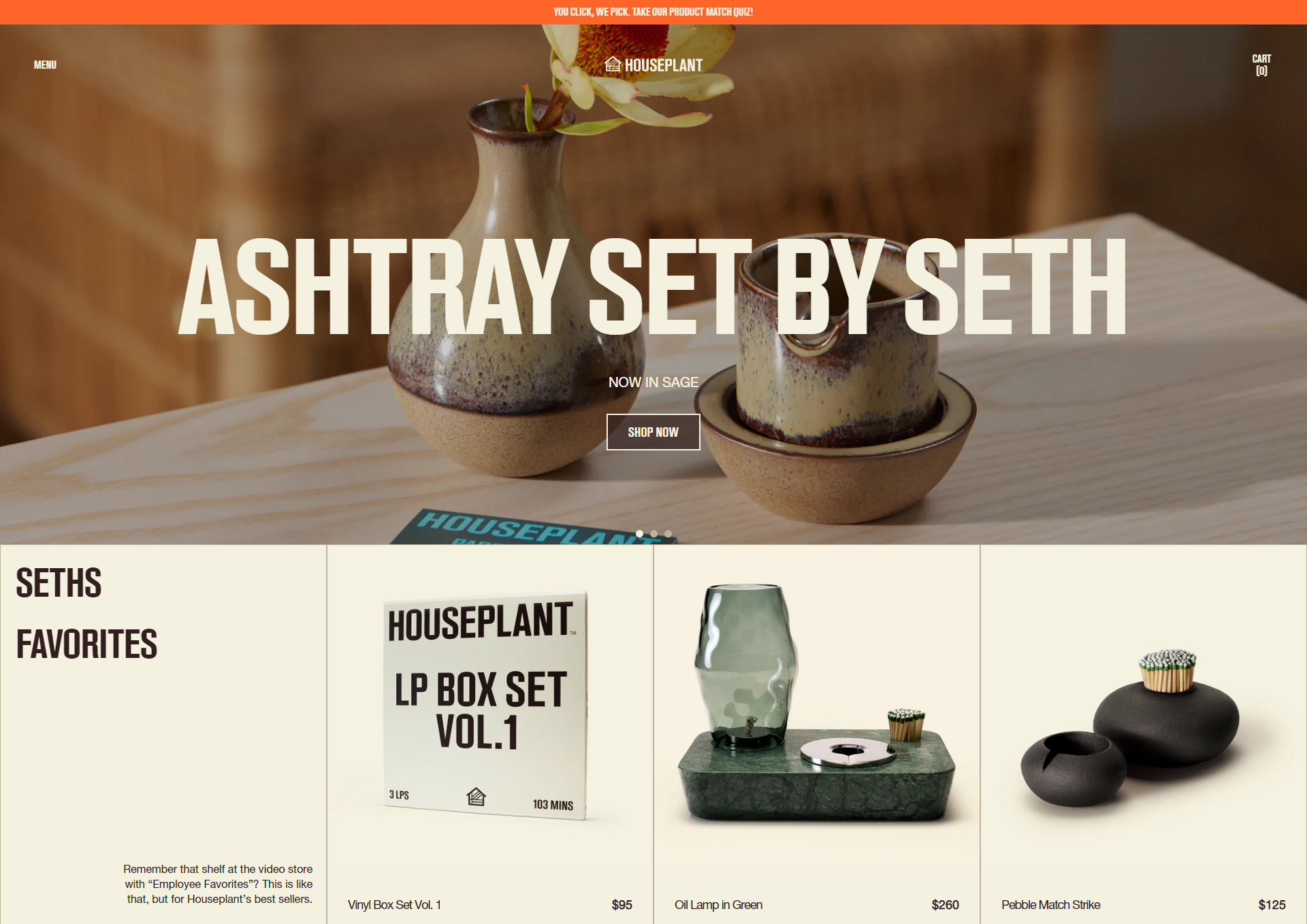
Santa Teresa Fest

Kim Kneipp
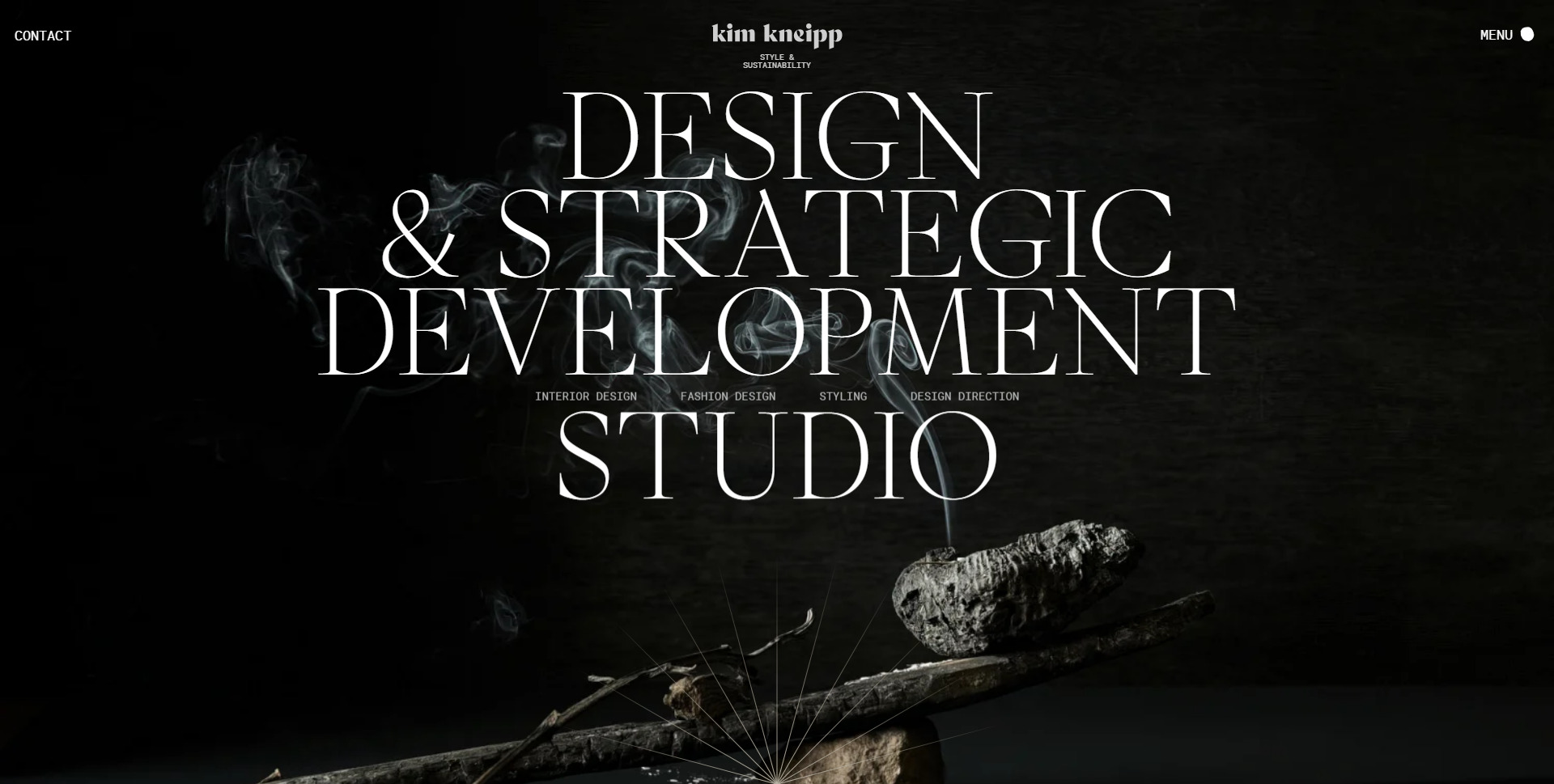
Panic Studio

Original Source: https://designrfix.com/reviews/honeydew-massage-oils
You probably use your honeydew massage oils multiple times a day, but when’s the last time you actually stopped to think about it? We depend on it to be reliable and don’t really notice it until something goes wrong, but it doesn’t have to be that way. There are a lot of amazing new features … Read more
Original Source: https://tympanus.net/codrops/collective/collective-719/

Inspirational Website of the Week: Tilton
Very thoughtful details, unique shapes and effects make the website of Tilton a very aesthetic web experience.
Get inspired

This content is sponsored via BuySellAds
Build websites faster with Divi Cloud
Divi Cloud is like Dropbox for your Divi websites: save something to Divi Cloud and it becomes available on all of your and your clients’ websites while you build them.
Check it out

Preline
Preline UI is an open-source set of prebuilt UI components based on the utility-first Tailwind CSS framework.
Check it out

Building tabs in Web Components
David Darnes shares how he made tabs in Web Components and the problems that needed to be overcome.
Read it

The joy of Variable Fonts: getting started on the Frontend
In this article you’ll learn how to get set up with variable fonts on the frontend, how to load them and much more.
Read it

Three.js Screen Space Reflections
A fantastic project by 0beqz that implements performant Screen Space Reflections in three.js.
Check it out

Bun
Bun is a new JavaScript runtime with a native bundler, transpiler, task runner and npm client built-in.
Check it out

How To Set Up a GraphQL API Server in Node.js
Tania Rascia’s tutorial setting up a GraphQL API server using the Express framework in Node.js
Read it

Body Margin 8px
The curious origin story for a style no one wants by Miriam Eric Suzanne.
Read it

Tech Imposters Anonymous
Read and share anonymous confessions of Tech Imposters. Presented by Cafe Robot.
Check it out

Two levels of customising <selectmenu>
Learn about the newly proposed <selectmenu> that will have powerful styling options and full control over the different parts.
Read it

HTML/CSS Tips for <img>
A great tip by Jhey on how to use the image element in a good way.
Check it out

Felt
Felt brings the simple elegance of modern creative software to the world of maps.
Check it out

The Unlocked Possibilities of the :has() Selector
In this article Jim Nielsen explores the power of the :has() selector.
Check it out

Masonry? In CSS?!
Michelle Barker explains the current approach for creating a Masonry layout and what the downsides are.
Read it

Defensive CSS – Position sticky with CSS Grid
A great tip by Ahmad Shadeed on making position sticky work with CSS Grid.
Check it out

Faster WordPress rendering with 3 lines of configuration
Some great advice on how to make WordPress rendering faster by Stoyan Stefanov.
Read it

Single Element Loaders: Going 3D!
The fourth and final article of a great series on single-element loaders by Temani Afif.
Read it

Zapier Brand
The wonderful and inspiration redesign of the Zapier brand.
Check it out

Metaverse office
Michal Zalobny has coded Le Polish Bureau’s metaverse office designed in Blender and moved to WebGL.
Check it out

Adobe X Bowie
Step into Bowie’s virtual dressing room. An amazing gaming project made by Bruno Arizio and Resn for Adobe
Check it out

WebGL Black Hole
A magnificent black hole in WebGL made by Bruno Simon.
Check it out

Checkbox Accent Color Pixel Art
Shaw made this fun demo of pixel art with checkboxes and the accent-color CSS property.
Check it out

Curl Flow
A beautiful demo made by Ichitaro Masuda.
Check it out

From Our Blog
How to Map Texture to a 3D Face with Three.js
A coding session where you’ll learn how to wrap a texture on a 3D face with Three.js.
Check it out

From Our Blog
How to Create a Cover Page Transition
Today we are looking under the hood of a page transition based on Vitalii Burhonskyi’s Dribbble shot.
Check it out
The post Collective #719 appeared first on Codrops.
Original Source: https://ecommerce-platforms.com/articles/best-fulfillment-center-in-california
The West Coast has a myriad of speed and cost advantages when it comes to shipping for ecommerce. Due to those benefits, it makes sense to consider finding an ecommerce fulfillment center in California.
To begin, much of California is close to Pacific Ocean ports, notably the ports of Los Angeles, San Francisco, and San Diego. This gives merchants direct access to incoming goods, and costs for drayage decrease. Furthermore, fulfilling products (or at least some of your items) from California gives you immediate coverage to the entire West Coast. And it’s one of the few locations in the United States where fulfillment companies have more direct access to the states of Hawaii and Alaska.
One downside is that California has one of the highest overall cost of living and tax rates in the US. Even if your business isn’t in California, partnering with an ecommerce order fulfillment company within the state could require higher logistical fees for you. Luckily, those high costs often offset due to local tax breaks for tech and logistics companies.
Overall, whether you look for a fulfillment center in California or not, it’ll depend more upon where your customers live and how you intend to approach the West Coast. You typically need to fulfill some of your products from California due to its easy access to so many West Coast states; these 3PL (3rd party logistics) companies also have plenty of experience due to the significant presence of ecommerce stores in Silicon Valley.
So, most online stores need that California hub for a variety of reasons. That’s why we’ve thoroughly researched and picked the best fulfillment centers in California. Keep reading to learn all about them.
The Best Fulfillment Centers in California
The following list explains the top fulfillment centers in California, starting with notable choices like Shopify Fulfillment Network and ShipBob.
All of these fulfillment companies have at least one distribution center/warehouse in California, usually in an area like Los Angeles, San Diego, or the Bay Area.
Remember, deciding on a fulfillment company isn’t always about price. You want a partner that offers top-notch communication, speedy delivery, and low error rates. And that’s what we’ve found with our selections below.
Go to the top
Best Fulfillment Center in California: ShipBob

ShipBob has its main offices in Chicago, but it owns and operates three fulfillment centers in California: one in Ontario, CA and two just outside of Los Angeles. With these locations, you’re given direct access to the entire West Coast for rapid shipping, and you also reap the benefits of proximity to the SoCal US ports. There’s even a location in Portland, Oregon to add to your potential for shipping around the western seaboard.
As for the company itself, ShipBob offers a complete online logistics platform for managing inventory, tracking real-time shipments, and finding discounted shipping rates. You can partner with all the major US carriers, and receive free packaging materials (or use your own custom branded materials, just paying for the monthly storage spot in the warehouse). In addition, ShipBob is known for its wonderful customer support, just in case you need to reach out to someone about your logistics.
ShipBob has the largest network of fulfillment centers on this list. Yes, it’s great you have access to the California locations, but you’re also able to distribute some of your inventory to places on the East Coast, South, Midwest, and even in Canada, the UK, the EU, and/or Australia as you grow.
Advantages
They have dozens of fulfillment centers around the US and Canada, along with three in California. It’s a multichannel ecommerce solution as well, giving you one dashboard to manage fulfillment for your website, on sales on retailers’ online or brick-and-mortar stores like Target.com, marketplace like eBay, Amazon, and Walmart, and more. ShipBob helps you understand where you should distribute inventory across its network using built-in advanced analytics, to help give speedy and more cost-effective shipping to all customers, regardless of where they live. The powerful tracking module provides shipping numbers for every item that goes out from ShipBob.The detailed onboarding process ensures your products get to the fulfillment warehouse safely. They also help out quite a bit with learning the system and teaching it to your employees. You can offer 2-day shipping to your customers in the continental US, even from just one fulfillment center. Gain access to steep carrier rates. Integrate with ecommerce platforms for constant syncing of your orders and products. Integrations include Bigcommerce, Shopify, Squarespace, Wix, WooCommerce, and Square.
Locations
ShipBob offers a large network of centers, but the fulfillment centers in California include:
Rancho Dominguez, CaliforniaOntario, CaliforniaMoreno Valley, California
You can also store products in their Arizona, Nevada, and Oregon fulfillment centers for more coverage across the West Coast.
Other ShipBob locations include:
IllinoisWisconsinKentuckyNew JerseyPennsylvania GeorgiaTennesseeArizonaCaliforniaNevadaOregon
They even have international centers in:
PolandCanadaAustraliaUnited Kingdom
View the entire list of ShipBob locations for a full look at what’s available.
Fees
ShipBob takes the guesswork out of the equation by providing base pricing for all of its distribution services and products and simplifying the amount of fulfillment fees and line items. And that’s the whole point of partnering with a 3PL company, to make storing and shipping easier on you, not more complicated with confusing pricing and an endless list of custom services.
Having said that, you still have to contact ShipBob to get a full quote, and for onboarding purposes. Subsequently, you should get a complete view of what you’ll pay with ShipBob.
Here’s the base pricing by category:
Receiving fees: $25 for all receiving within 2 hours. This is a time-based cost, where every man-hour after the first two costs an added $40. Storage: These costs depend on your total SKUs and the storage unit used, including bins, mallets, and shelves. Basic bins cost $5 per month, while shelves are $10 per month, and mallets start at $40 per month. Pick and pack: These are free as long as the order only contains 4 picks. Thereafter, you’re charged an additional $0.20 per pick. Standard packing: You don’t pay anything for base packaging materials like plain tape, boxes, or dunnage. If you want to use your own branded inserts, boxes, and whatever other packaging materials you need, you only need to pay for a storage location (e.g., a bin). Shipping: This pricing all depends on your shipping methods, the locations of customers, carrier selection, and things like package size and weight.
Go to the top
2. Shopify Fulfillment Network

The Shopify Fulfillment Network is, as the name suggests, Shopify’s version of a 3PL system, except that it’s primarily for online store owners with Shopify websites. It’s another value-added benefit of using the Shopify ecommerce platform, since you can work from one dashboard for aspects of your business like invoicing, inventory management, and fulfillment. The Shopify Fulfillment Network is known for its fast shipping times, return processing, and smart product storage, where you don’t have to think too much about where to place items; Shopify does much of the analysis for you and makes recommendations based on customer locations.
Shopify Fulfillment also provides two-day delivery options for your customers, but they can also opt for other delivery methods if needed. Shopify covers most of the United States with its network, and one of the locations is in California. There’s even a distribution center in Nevada to give you more options when covering storage and shipping on the West Coast.
Overall, it’s a smooth setup with reasonable pricing, and it doesn’t take long to apply for the program either. That’s one of the main benefits of working with Shopify: they streamline all steps to ensure you’re up and running within minutes.
Advantages
You get free inventory, warehouse, and supply chain management tools, all of which get combined into your current Shopify dashboard. Shopify Fulfillment stores and processes your orders from start to finish, and uses automation and smart technology to eliminate errors throughout the process. You can have customers send their returns right back to the California warehouse instead of accepting those items to your home or office. Shopify auto-manages the distribution of your products, so there’s no need for you to figure out if storing items in California makes more sense than using the Nevada location. All customers have the option to select fast shipping, including 2-day shipping for most of the United States and Canada.
Locations
Shopify owns and operates one California fulfillment center. That allows you access to West Coast ports, and it also brings you close enough to customers in those areas.
The network seems to expand regularly with Shopify, but as of this article, you can expect to see these locations available for fulfillment:
CaliforniaTexasPennsylvaniaGeorgiaOhioNew JerseyNevada
Fees
Similar to its ecommerce platform pricing, Shopify manages to provide simple pricing that increases or decreases based on the size of your ecommerce business. It’s not entirely clear what all the base costs are, but we do have some information about pricing in general:
Affordable 2-day shipping: It doesn’t matter about the size of your business; Shopify provides the same rate for 2-day shipping to all of its fulfillment customers. Free six month storage: This is one of the strong advantages of the Shopify Fulfillment Network. Most fulfillment companies immediately start charging for storage, but Shopify lets you store all products for up to six months for free. If something doesn’t sell within those six months, they begin charging you a rate of $2.25 per square foot. Flexible commitments: Although you can commit to certain upfront payments for Shopify Fulfillment, they let you back out or cancel your account whenever you want. Shopify Fulfillment requires no contracts or long-term commitments. Flat rate returns: All returns processed by Shopify get charged a single, flat rate. Tracking, transportation, labels, and inspections are all included with that fee. Product pricing: Shopify fulfillment sets fulfillment rates for each product based on the weight of the item. Therefore, you’ll find that heavier items are more expensive to process. Discounts for multi-unit orders: Do your best to upsell and cross-sell customers because Shopify gives out fulfillment processing discounts when users add more products to their carts.
$0 initial fee: It costs nothing to sign up for the Shopify Fulfillment Network.
Go to the top
3. Shipmonk

In its collection of three fulfillment centers, ShipMonk’s San Bernardino location serves as a favorite fulfillment center in California, partially because of its proximity to Los Angeles, but also since it’s a massive facility. You’ll rarely have to worry about communication issues, high fees, or running out of space because ShipMonk has you covered in all of those areas. ShipMonk holds a reputation for integrating with just about every popular ecommerce platform, and cutting out tedious parts of your job with its streamlined inventory management system.
The entire software runs on the cloud, so you can access elements like orders, shipping numbers, and warehousing details from any device. You’re also given shipping discounts to the main carriers, and direct access to customers all over the West Coast. And if that’s not enough, ShipMonk operates two other fulfillment centers in Florida and Pennsylvania. So, the entire United States gets covered.
Advantages
You receive tracking codes for all orders for keeping an eye on your orders as they go through the fulfillment process. Support for end to end ecommerce fulfillment, including storage, picking, packaging, and shipping. Free onboarding and a free configuration for the cloud ShipMonk software. Fulfillment options for niche operations like box subscription stores and FBA sellers. Integrations with notable ecommerce platforms such as 3dcart, Shopify, WooCommerce, Bigcommerce, and Volusion. Integrations with top marketplaces like Cratejoy, Walmart, eBay, Jet, and Etsy. Operate a multichannel ecommerce store and manage every aspect of the fulfillment from one dashboard. ShipMonk fulfills every order that comes in, no matter the source. Options for custom packaging and branded inserts, along with pre-defined guidelines so that ShipMonk knows exactly how to kit, package, or situate your products and materials. A rate-finder app for searching for and finding the mail carriers with the best rates for your purposes. Tracking numbers for each fulfilled order. Merchants have access to all the tracking numbers, as do the customers. Return and exchange processing. A solid online management portal with features for viewing reports, checking on orders, and predicting revenues into the future.
Locations
ShipMonk has one fulfillment center in California, making it an ideal spot for a centralized West Coast distribution location.
Here’s a look at the entire ShipMonk network:
San Bernardino, CAFort Lauderdale, FLPittson, PA
This ensures you can spread products out in the US, reaching all customers with fast shipping.
Fees
ShipMonk caters to ecommerce store owners with a transparent pricing setup and low enough fees to make ecommerce fulfillment worthwhile, especially considering the often higher costs when storing products in California.
Having said that, you still need to receive a custom quote from ShipMonk for a full view of what you’ll pay.
Here’s an example for ecommerce fulfillment based on ShipMonk’s base pricing:
Up to 500 orders per month$3 for every pick + $0.75 for every extra item per order$0.20 per order if you want to include a promotional insert$2 for each standard return, plus a $0.50 surcharge per extra item in that return
All of these prices change as you increase orders per month. It’s more economical per order as you boost sales, so ShipMonk has a system setup where you can expand your business and save.
In addition, ShipMonk has storage fees:
Pallet: $20/mo Extra large storage bin: $4/moLarge storage bin: $3/moMedium storage bin: $2/moSmall storage bin: $1/mo
Finally, ShipMonk charges for unique projects and extras such as kitting, custom packaging materials, and container unloading.
You can also expect to see different pricing depending on the type of fulfillment required. Other fulfillment categories from ShipMonk include:
Subscription boxesRetailAmazon fulfillment
Go to the top
5. ShipDazzle

ShipDazzle is another fulfillment company with its one and only center in Los Angeles. It’s a city with incredible advantages for receiving imported products and potentially lowering costs for that process. You ship products to the Los Angeles facility, after which ShipDazzle links to your store and fulfills orders as they come in. The service offers custom branding options, end to end fulfillment, and discounted shipping rates, all from its centralized location in California.
We also enjoy that ShipDazzle offers a straightforward pricing system, and it’s easy to get set up with their online ecosystem. It’s an excellent choice for ecommerce fulfillment since you can manage your multichannel ecommerce operation while also opting for unique fulfillment like kitting and assembly.
Overall, ShipDazzle makes for a wonderful partner due to its transparent communication system, lower pricing, and its powerful software for integrating with your store and managing every aspect of the logistics.
Advantages
The main hub is in Los Angeles, California.Integrate with over 150 marketplaces and shopping carts such as Shopify, WooCommerce, Amazon, and eBay. You can’t get more transparent than ShipDazzle when it comes to pricing. The discount shipping fees help you keep costs low while also offering faster shipping speeds to customers. They offer a quality control processing that combines automation and human detection, leading to an almost 100% error reduction rate. The fulfillment pricing undercuts most competitors, especially for FBA. It’s easier to eliminate recurring fulfillment fees with ShipDazzle, since they have lower minimum rates than the competition. You can customize boxes with your branding materials.
Locations
ShipDazzle owns and operates one fulfillment center in California, right in Los Angeles.
Fees
With no contract, low order processing minimums, and transparent base rates on their website, ShipDazzle makes for a rather appealing fulfillment partner.
Some fees include:
Order processing: $1.70 per orderPicking and packing: $0.30 per product in the orderReturn fees: $2.00 for every returnStorage bins: $1-4/moStorage pallets: $20/mo
Custom packaging and special projects require you to contact ShipDazzle for your own unique pricing structure.
Go to the top
4. ShipBots

We like ShipBots as a top fulfillment center in California, and that’s because of its centralized location, support for a wide range of fulfillment methods, and affordable pricing. The warehouse is located in Los Angeles, California, and although that puts you at a disadvantage, due to only having one location in the shipping network, ShipBots makes up for it with steep carrier discounts, incredibly fast shipping throughout the entire United States (and internationally), and a robust online fulfillment management system that’s packed with built-in features and access to the API for customizations.
ShipBots automatically syncs with the ecommerce platform of your choice, and provides streamlined fulfillment, from accepting your inventory to getting products to customers. Picking, packing, and tracking all come with the territory, and you can specify unique requirements like temperature control or Amazon FBA prep.
All of these fulfillment services work by sending items out within 24 and 48 hours, making it one of the fastest fulfillment solutions on this list. There’s even same-day shipping, depending on when orders come through.
Advantages
The Los Angeles location is right by the Long Beach Port for low-cost shipping to the warehouse and a decrease in other costs. ShipBots also partners with carriers and other distribution centers for faster shipping throughout the country and world. The order accuracy often reteaches close to 100%. You receive access to a dedicated account management specialist who’s there to answer all of your questions. Make sure your products are safe with temperature controlled rooms and specific guidelines for storing items like clothing or FBA products. ShipBots offers same day fulfillment as long as the order comes in before noon. You can send out high volumes of inventory, and ShipBots is equipped to handle seasonal influxes. The shipping discounts with carriers like USPS and UPS are some of the best in the business. Integrate with notable ecommerce platforms like Magento, Squarespace, and Shopify. Integrate with marketplace like Walmart and Amazon, and connect to tools such as Returnly, ShipStation, and GeekSeller. The reports from ShipBots offer actionable insights to make decisions going forward.
Locations
The main location is in Los Angeles, California, and it’s right by a California port. This gives you direct shipping routes to much of the West Coast, but you can also reach pretty much any location in the world since ShipBots has such low shipping rates.
Fees
ShipBots offers four unique pricing plans, depending on your fulfillment method:
EcommerceSubscription boxRetailAmazon
We won’t cover all of those plans, but here’s a look at the base ecommerce fulfillment rates:
Receiving: It’s free for the first two hours of receiving, with a $40 per man-hour charge after that. Warehouse storage: This is a monthly charge of $9 per pallet per week and $1.25 per storage bin per week. Picking and packing: Included for the first four picks. Every additional pick for an order costs $0.20. Shipping: This pricing depends on several factors like weight of the package, dimensions, shipping service, and more. Basic packaging materials: Everything is free as long as you stick to plain dunnage, tape, and mailers. Custom branded packaging materials have fees.
You still must contact ShipBots to get a real quote for their services. The good news is that most standard ecommerce operations with picking, packing, and shipping cost a little over $5 for each order.
Go to the top
Choosing the Right Fulfillment Center in California
From ShipBob to ShipDazzle, and the Shopify Fulfillment Network to ShipMonk, the best fulfillment centers in California usually offer a centralized West Coast hub to reach customers from Southern California to Washington, and all the way out to places like the Midwest and Hawaii. It helps to have a fulfillment partner with some other locations, but you should never discount the importance of having a California fulfillment partner in your arsenal. After all, fulfillment from California often means lower customs, taxes, and port fees, and you can ensure that your products arrive to the warehouse sooner, since cities like Los Angeles are nearby.
So, we’ve cut down your research to five of the best ecommerce fulfillment centers in California, but which one should you choose from our list?
Here’s a list of our final recommendations:
ShipBob: We like ShipBob if you’re looking for the largest distribution network possible. Yes, it has California locations, but you also have access to dozens around the US and Canada. ShipBob also provides powerful software, low pricing, and one of the easier onboarding processes. Shopify Fulfillment Network: This one makes sense if you already use Shopify as your ecommerce platform, or if you plan to implement the platform in the future. With this configuration, you consolidate fulfillment and sales into one dashboard, and you get an automated product distribution system to eliminate the need to make those decisions yourself. ShipMonk: We like ShipMonk because it’s a smaller fulfillment operation than ShipBob and Shopify, but you still get three center locations: one in California, and the other two in Florida and Pennsylvania. It’s also an affordable choice for FBA sellers and subscription ecommerce stores. ShipBots: Consider ShipBots if you have a significant portion of your customer base on the West Coast. It only has one fulfillment center, but also offers wonderful integrations and temperature controlled settings within the warehouse. ShipDazzle: This one is also great for West Coast-heavy customer bases, but we can’t help but recommend it for it’s absolutely stellar fulfillment rates.
In conclusion, we suggest you continue researching each ecommerce fulfillment center in California to decide which one has the unique properties required to run your business. There’s a good chance you may find that one fulfillment company has better communication, or that one of them makes it cheaper for your particular product weights or subscription plans.
If you need any clarification about picking a fulfillment center in California, or you’d like to share your thoughts about companies you’ve worked with in the past, let us know in the comments section!
The post Best Fulfillment Center in California (Primarily the Los Angeles Area) appeared first on Ecommerce Platforms.
Original Source: https://www.creativebloq.com/deals/adobe-creative-cloud-discount
Find today’s best Adobe Creative Cloud discounts.
